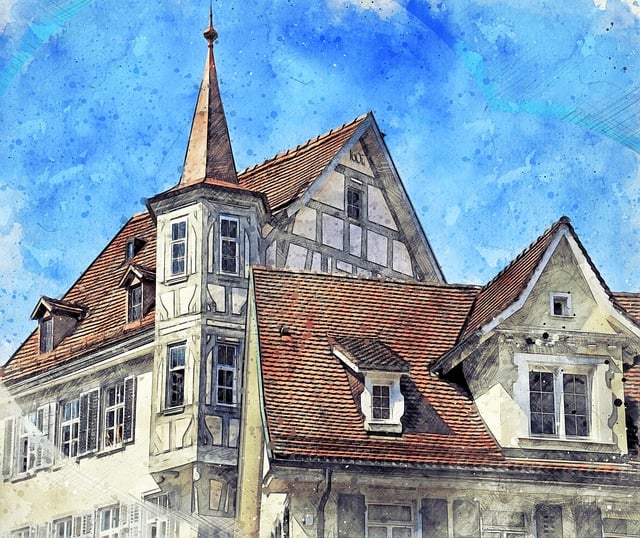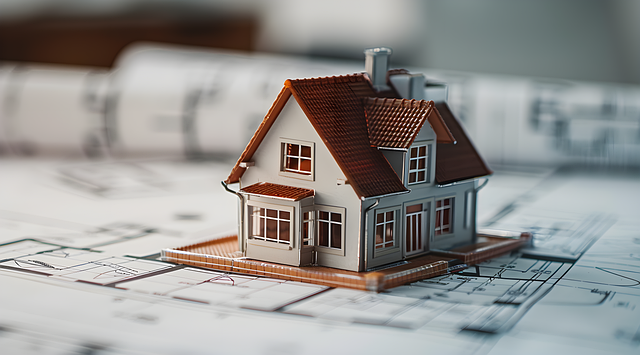Sustainable Drafting: Eco-Friendly Designs for Commercial Architecture

Commercial architectural drafting embraces sustainable architecture principles to minimize environme…….
Welcome to an in-depth exploration of the fascinating world of architectural drafting and design, a discipline that lies at the heart of creating the structures that define our urban landscapes and daily lives. This comprehensive article aims to guide readers through the intricate process, global reach, and multifaceted impact of architectural drafting and design, offering insights for professionals, students, and anyone curious about the art and science behind building construction. By delving into its historical roots, modern innovations, and future prospects, we will uncover how this field continues to shape our cities, communities, and cultural identity.
Architectural drafting and design is a multifaceted profession that involves the creation of detailed plans, drawings, and models for buildings and infrastructure. It encompasses a range of activities from initial concept development to final construction documentation. The core components include:
The practice of architectural drafting and design has evolved over millennia, with ancient civilizations like the Egyptians and Greeks setting foundational standards for construction. The Renaissance period witnessed a renewed focus on aesthetics and humanism, leading to elaborate designs and iconic structures. The Industrial Revolution brought about significant changes with the introduction of new building materials and construction techniques, fostering the development of modern architecture.
Today, architectural drafting and design are essential for creating functional, safe, and aesthetically pleasing built environments. It involves a complex interplay of creativity, technical expertise, and regulatory compliance, ensuring that buildings serve their intended purposes while enhancing our quality of life. This discipline plays a pivotal role in shaping urban centers, suburban communities, and remote landscapes, reflecting cultural values, technological advancements, and societal needs.
Architectural drafting and design are deeply influenced by global trends, cultural exchanges, and economic factors, resulting in a rich tapestry of architectural styles and approaches worldwide.
The economic landscape of architectural drafting and design is dynamic and multifaceted, influenced by various factors that shape the industry’s growth and direction.
Architectural drafting and design have witnessed a wave of technological advancements that are transforming the way buildings are conceived, constructed, and experienced.
While architectural drafting and design offer immense creative freedom and technical advancements, several challenges must be addressed to ensure successful projects.
Architects must navigate complex building codes, zoning regulations, and safety standards, ensuring their designs meet legal requirements while adhering to local cultural and aesthetic expectations.
Addressing climate change and environmental sustainability is a critical aspect of modern architectural practice. Architects face the challenge of designing energy-efficient buildings while minimizing construction waste and environmental footprints.
Incorporating community input, ensuring accessibility, and promoting social equity are essential considerations in contemporary architectural design, especially for public spaces and infrastructure projects.
The future of architectural drafting and design holds immense potential for innovation, sustainability, and the creation of smarter, more resilient built environments.
As climate change continues to shape our world, architects will be at the forefront of developing adaptive designs that mitigate environmental impacts, enhance resilience, and promote sustainable living.
The future of architecture may involve more collaborative practices, with interdisciplinary teams working on complex projects. Career paths will diversify, embracing specialists in areas like sustainability, smart cities, and heritage conservation.
Architectural drafting and design are dynamic, ever-evolving disciplines that shape our physical world, influence cultural identities, and contribute to societal well-being. From ancient blueprints to cutting-edge digital models, architects have consistently pushed boundaries, blended aesthetics with functionality, and responded to the evolving needs of humanity.
As we move forward, architectural drafting and design will continue to be a driving force in creating sustainable, inclusive, and technologically advanced built environments. By embracing emerging technologies, addressing global challenges, and fostering collaboration, architects will shape tomorrow’s landscapes while preserving our cultural heritage. This profession stands at the intersection of art, science, and innovation, offering endless possibilities for creative expression and positive impact.

Commercial architectural drafting embraces sustainable architecture principles to minimize environme…….

Blueprint drafting services transform home design dreams into reality by creating personalized bluep…….

CAD drafting for architecture is a vital tool for site planning and regulatory compliance. It enable…….

3D visualization transforms commercial architectural drafting by offering immersive client experienc…….

Blueprint drafting services are indispensable for architects and clients, providing essential visual…….

CAD drafting for architecture revolutionizes renovations by providing precise digital blueprints, en…….

CAD drafting for architecture leverages computer-aided design software to transform creative visions…….

Commercial architectural drafting services play a vital role in bringing design visions to life for…….

Building design drafting is essential in custom interior design for transforming client visions into…….

Building design drafting is a critical phase where architects translate concepts into visual represe…….